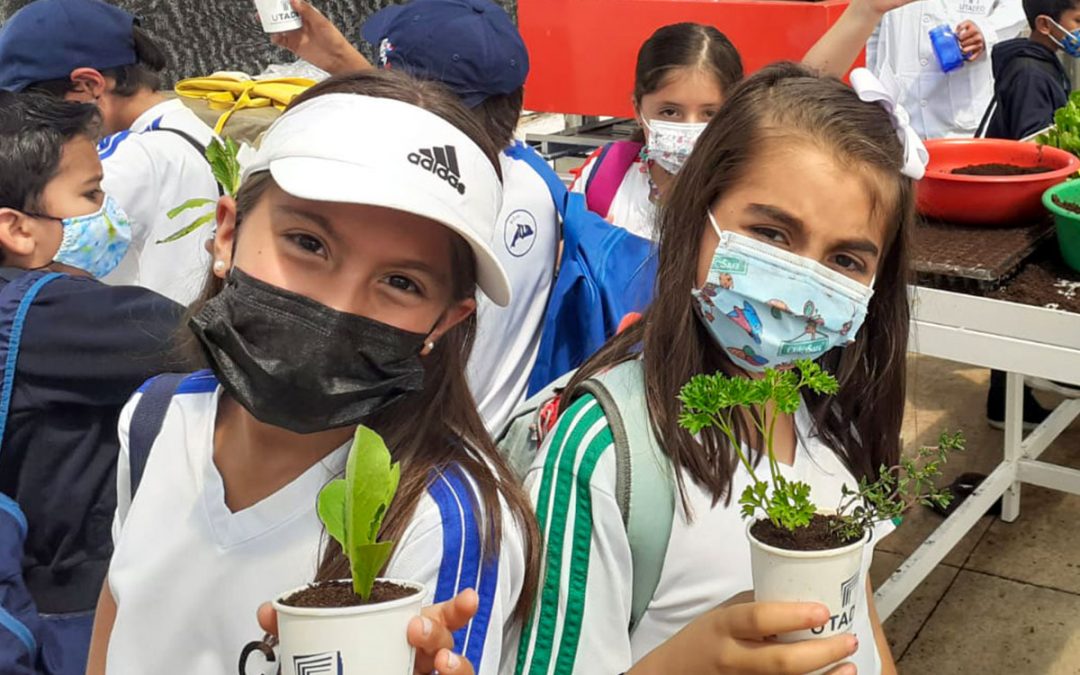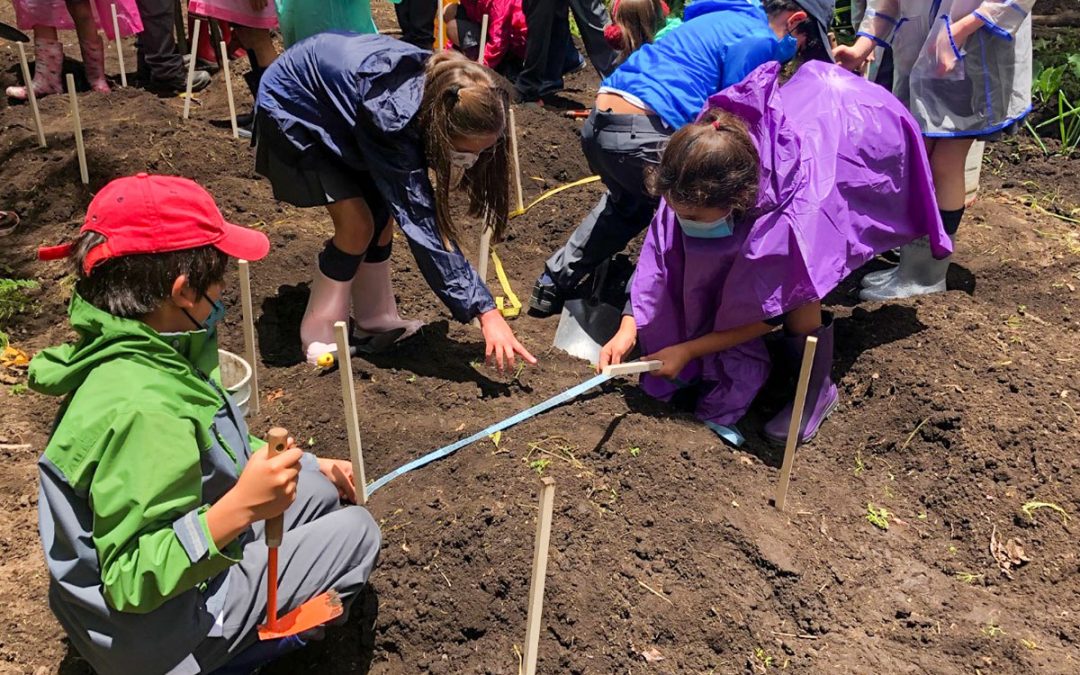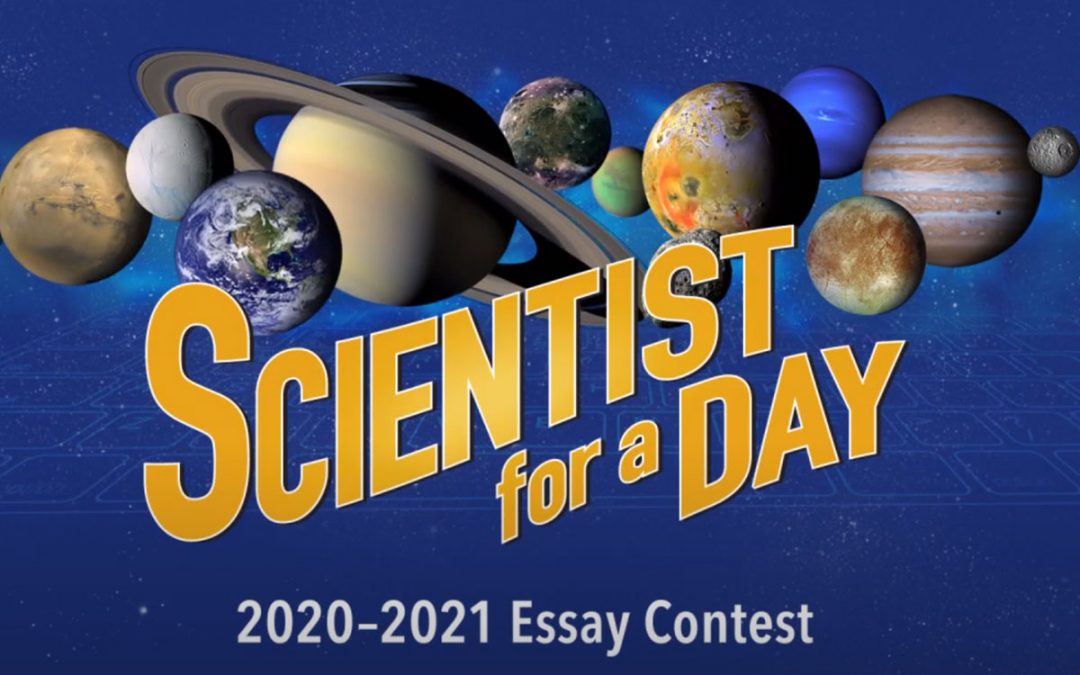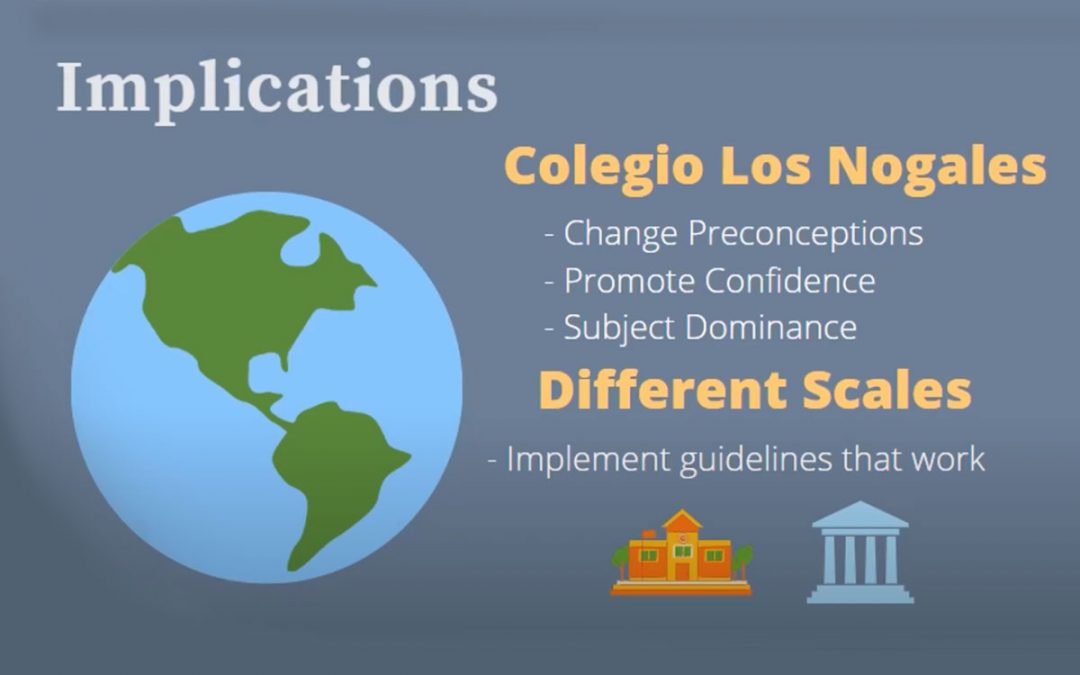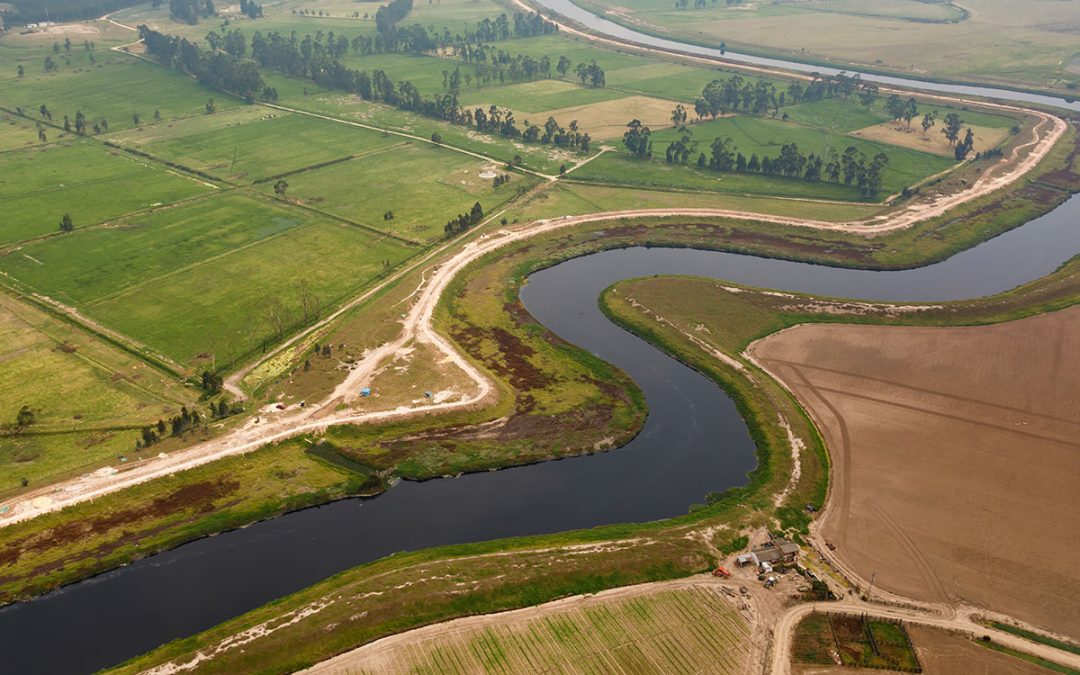Digital Detox Day
On Tuesday the 9th of November the school community was challenged to “Detox” from screen time for a 12 hour period. A large number of students and teachers voluntarily took part in logging their ‘screen time’ early in the morning and then again in the evening.
It was heartening to hear a wide range of conversations throughout the day centred on the importance of being conscious about our engagement with technology. Reflecting on the challenge Semestralizdo teacher, Sarah Bruce, made the observation that “[There were] many times I considered that it was completely necessary to use the cell phone, but I had to find other interesting alternatives.”
While one student commented that “I found it really difficult not to have my smartphone with me all day. Though in the end I really enjoyed not having it with me.”
Thank you to everyone who engaged so positively in this challenge raising awareness of this important contemporary issue.
Últimas noticias
No Results Found
The page you requested could not be found. Try refining your search, or use the navigation above to locate the post.


